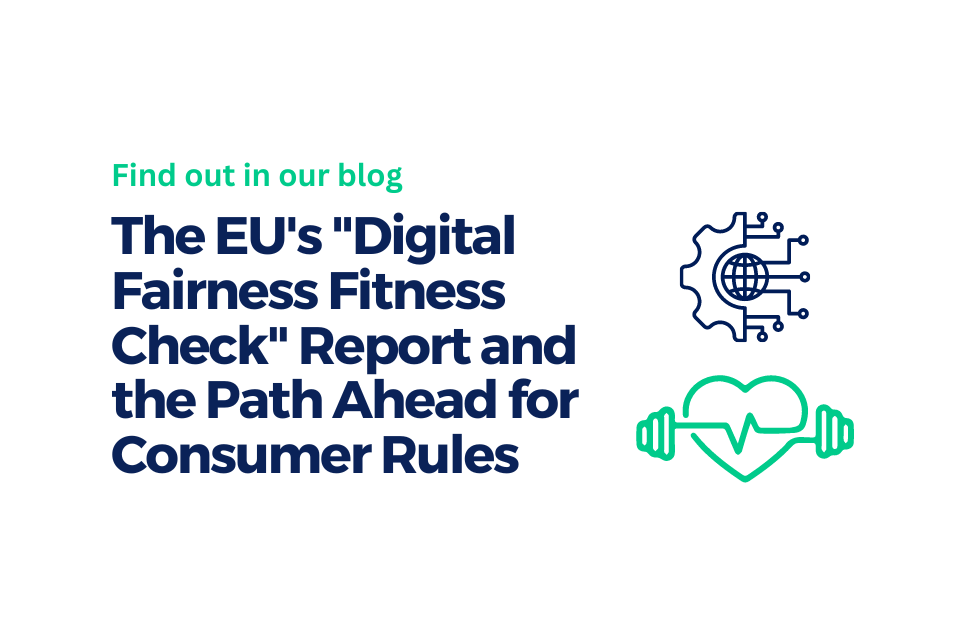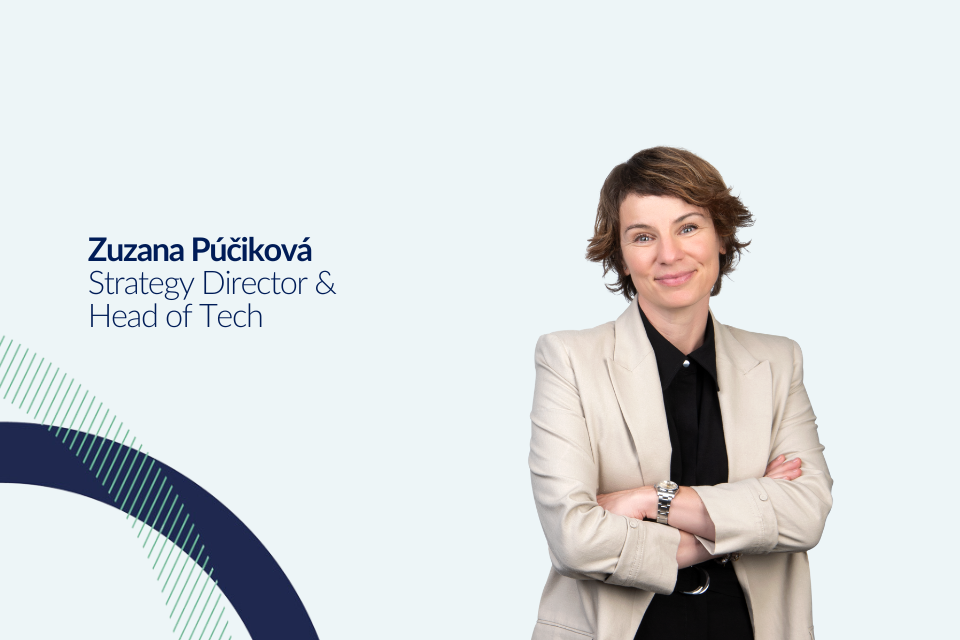Towards an EU Biotech Act?
White smoke for biotech! The European Commission has published its plans to boost biotech and biomanufacturing in the EU. After reading the document, one question remains: will this be another European paper tiger, or will the proposed actions have teeth?
Back in September, Commission President Ursula von der Leyen had promised a “biotech and biomanufacturing initiative” as part of her annual State of the Union address. Now, with some delay that even raised doubts as to whether an initiative would be presented, the Commission has unveiled its biotech plans in a paper (known as a “Communication” in EU jargon) entitled Building the future with nature.
Recognising that this is one of the most promising technological areas of this century, the Communication proposes a more coordinated approach to biotechnology and biomanufacturing to reap their full benefits.
What is biotech and why does it matter?
Biotechnology typically refers to the use of the life sciences to produce knowledge, goods, or services. Biotech’s applications span many fields, including health, industry, agriculture, and sustainability.
Recent applications of biotech include the mRNA vaccines that were crucial in overcoming the COVID-19 pandemic, the development of bioplastics and alternatives to fossil fuels, and the breeding of more resilient and pest-resistant crops.
The 2020s are an exciting time for biotech filled with scientific breakthroughs and explosive growth for the sector: collapsing price of genome sequencing, the advent of cheap and precise gene editing, and other disruptive innovations are only a few examples of developments transforming the field.
In 2020, biotech received further global recognition when the American Jennifer Doudna and the Frenchwoman Emmanuelle Charpentier won the Nobel Prize together for their work on CRISPR gene editing. These “genetic scissors” enable researchers to precisely modify the genetic code of organisms at specific points. Among the many agricultural, industrial and health applications, CRISPR has enabled a revolutionary treatment for sickle cell disease.
What’s more, artificial intelligence (AI) will “accelerate many biotech innovations and developments”. While definitions and estimates of the biotech sector vary, the global market size has been estimated at EUR 720 billion in 2021, with annual growth of 18%.
The EU is prioritising biotech as a “strategic” technology
As we have previously reported, the European Commission has been increasing its support for biotech in its scientific and industrial funding programmes. On top of that, the sector has been branded a critical one for European sovereignty by the Commission and Council thus opening additional opportunities.
The recent biotech Communication confirms this trend. As the Commission Executive Vice-President Margrethe Vestager pointed out when presenting the plan: “Biotech largely supports Europe’s economy and contributes to our competitiveness, with high growth potential and labour productivity.”
The Communication itself argues that biotech can help address “many societal and environmental challenges” and can “strongly enhance the EU’s open strategic autonomy and resilience by reducing industry’s dependency on fossil-based input and other sources of raw materials”. Finally, biotech “help[s] advance the European Health Union and achieve the European Green Deal objectives.”
Obstacles to biotech growth: regulatory complexity and lack of awareness
So what’s not to like and what’s the problem?
The problem is that European biotech is lagging with the US dominating global biotech with a 60% market share, while the EU accounts for only 12% and fast-growing China for 11%. Recent figures from the Joint Research Centre (JRC), the Commission’s scientific service, show that the EU employed 75,000 people in biotech R&D in 2011, compared to 275,000 in the US. These trends are also shown in disparities in biotech patent applications.

Source: EU Joint Research Service, computation based on Patstat 2023 Autumn Edition and the OECD MSTI statistics on patents by specific technology.
There is also a growing “policy gap” on biotech. While the EU’s previous biotech strategy dates back to 2002, the Biden Administration recently defined “Bold Goals” for biotech with ambitious targets for contributions to climate change solutions, agriculture and health. Meanwhile, the US Congress has identified biotech as a sector critical to national security and is looking to support biotech to maintain America’s lead over China. Meanwhile, China itself is also strongly supporting biotech as a strategic technology.
The Commission paper clearly outlines the main obstacles to growth in the EU, including the failure to translate Europe’s strong R&D performance into the market, regulatory complexity, and fragmented and inadequate access to finance. Biotech is a highly capital-intensive sector with often uncertain and long-term investment horizons. The health and food sectors are highly regulated to protect the public and the environment, but overly complex and restrictive regulation also makes it difficult for start-ups to scale up and attract investors. The Commission also notes that there is also a lack of public awareness of biotech and its many benefits.
In addition, international investment in biotech could increasingly be curtailed in the name of security. US lawmakers have proposed legislation specifically to limit Chinese involvement in American biotech on grounds of “national security”. While the EU has yet to go this far, the Commission last October recommended including biotech among technologies critical to “economic security”. Concretely, the Commission would conduct a collective risk assessment with Member States to see how to avoid risks related to technology security and leakage.
Towards an EU Biotech Act in the next mandate
So much for the problems, so what solutions does the Commission propose? The Commission commits to setting up an EU Biotech Hub by the end of 2024 to help biotech companies navigate EU regulations and support mechanisms. The European Innovation Council, the EU’s innovation financier with a EUR 10.1 billion budget, will be encouraged to prioritise biotech as of next year.
Internationally, the Commission will seek to develop “biotech and biomanufacturing partnerships” with like-minded countries – notably the US, India, Japan, and South Korea. These will aim to strengthen scientific collaboration and cooperation on regulatory issues and market access.
What’s more, the Commission will review the EU’s Bioeconomy Strategy by the end of 2025 (i.e., a broader concept including all biological resources, including animals, microorganisms, plants, organic waste, and so on). The Communication also lists wider measures already being taken to support biotech, including encouraging the uptake of AI, private investment, and more transparent comparisons of the environmental impact of products.
Perhaps most importantly, the Commission commits to preparing and finalising a study by mid-2025 on streamlining the various regulatory processes affecting biotech. This could lay the groundwork for an EU Biotech Act, providing a simplified regulatory framework and faster market access. This could also be inspired by the EU Chips Act, which aims to mobilise EUR 43 billion of public and private investment to boost European semiconductors.
Riding the competitiveness wave
Some have expressed disappointment with these new measures. While welcoming the Commission paper as “a good start,” EuropaBio, the European biotech trade association warned: “studies and reports tomorrow are not a replacement for action today”.
In any case, major policy initiatives were not going to occur this late in the von der Leyen Commission’s current mandate. However, the Commission’s biotech plan suggests that there is a critical opening for EU policy to support biotech in the coming months and years.
There has already been a clear rhetorical shift in the EU towards competitiveness. Belgian Prime Minister Alexander De Croo, whose country currently holds the rotating Presidency of the Council of the EU, has repeatedly called for a European “Industrial Deal” as a complement to the Green Deal that defined von der Leyen’s first mandate.
During her acceptance speech as the European People’s Party (EPP) lead candidate in Bucharest, von der Leyen seemed to confirm this shift by stressing the need to scale up Europe’s industrial capacities. The first test of this could be the creation, or not, of a Commission Vice-President for Competitiveness.
In parallel, former Italian prime ministers Enrico Letta and Mario Draghi will present reports to the EU institutions on how to maintain competitiveness. These reports will feed into the policy priorities for the new mandate. With the European economy clearly suffering – GDP growth is expected to be 0.9% this year, compared with 2.1% in the US – business leaders are also pressuring for a policy shift to ensure Europe’s reindustrialisation.
In short, there may then be a unique opportunity for biotech to ride the “competitiveness wave” in the new Commission mandate. As ever, biotech players and their beneficiaries – not least patients – will need to keep up the pressure, engagement, and explanation to ensure that the sector is prioritised.
Europe is home to a world-class life sciences research base and cutting-edge biotech innovators: if the policy gap is closed and the right framework is put in place, there is no doubt that biotech can thrive and be fully mobilised to support the continent’s competitiveness, autonomy, and sustainability.
Written by Acumen Consultant, Craig Willy


